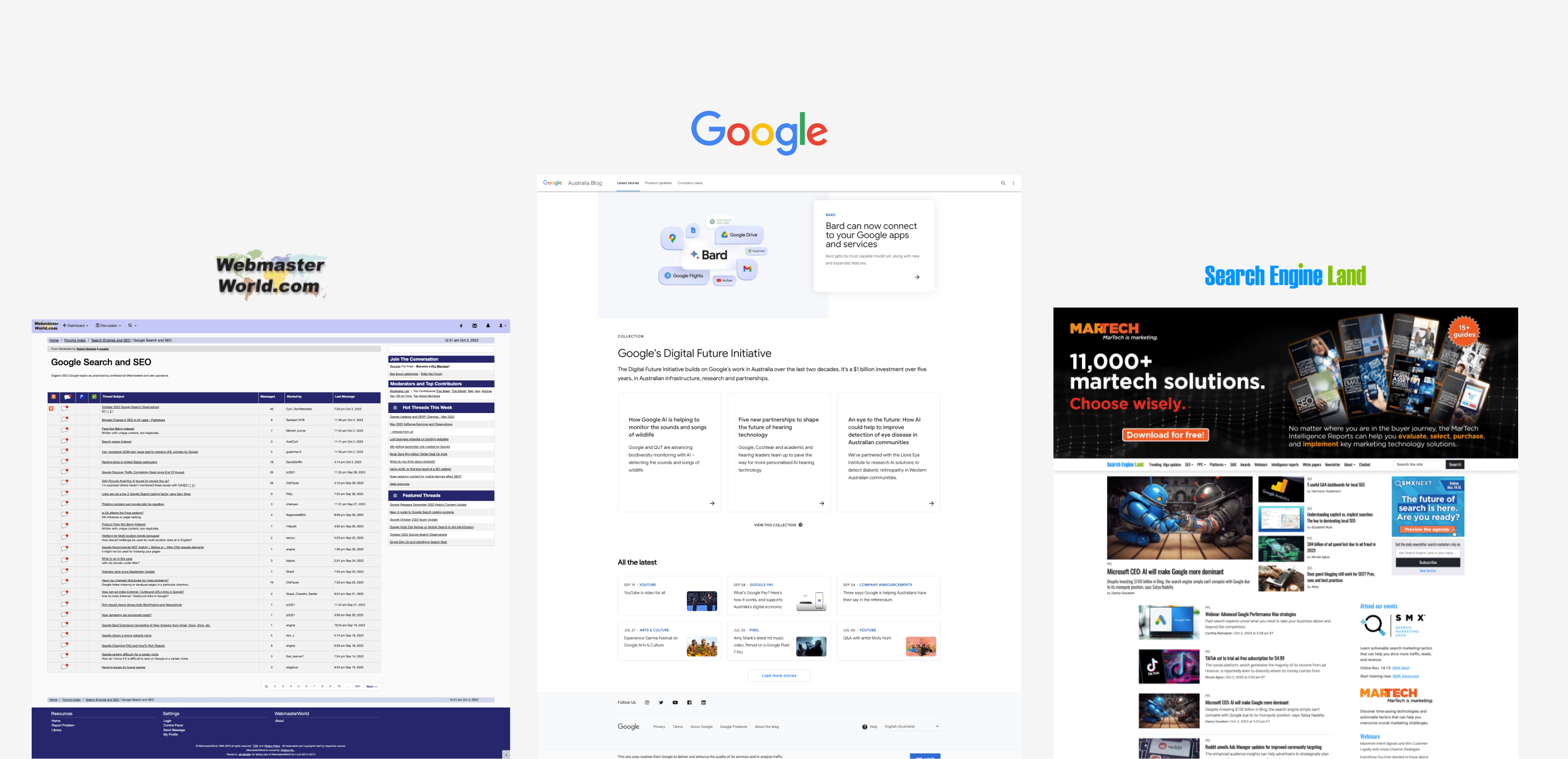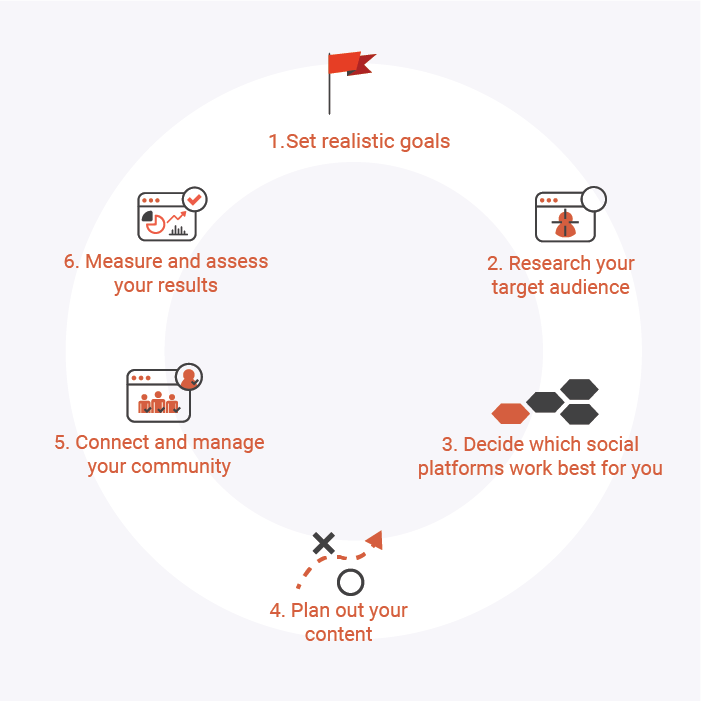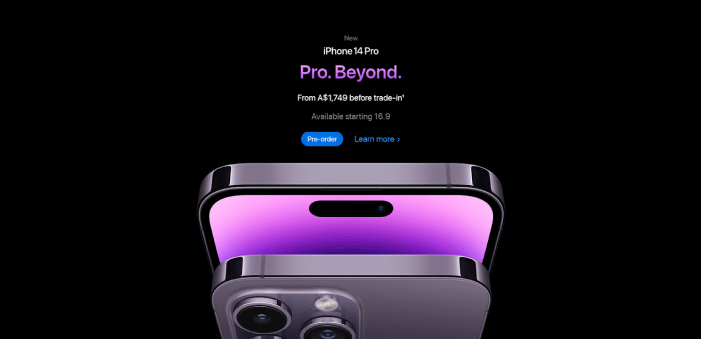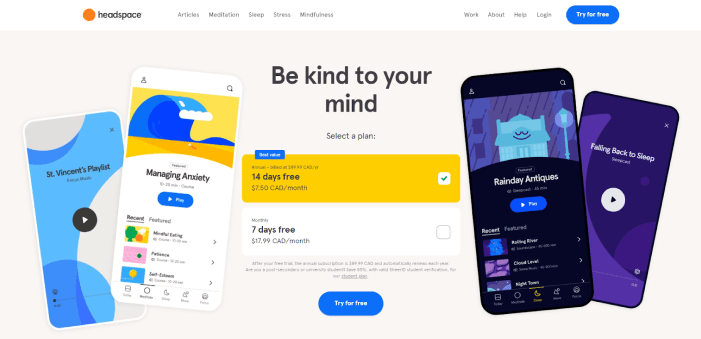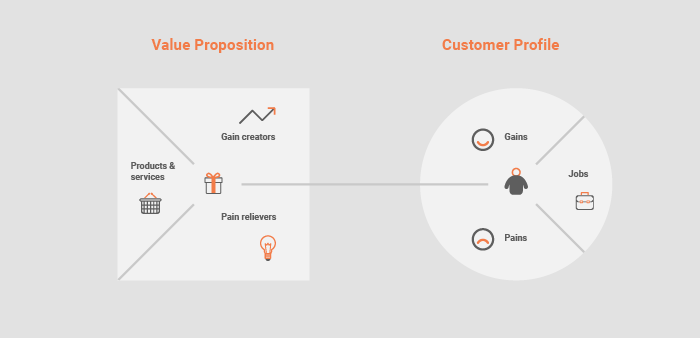Keeping Up with Algorithm Changes (Like Google’s)
Algorithms shape the digital landscape. For businesses, marketers, and content creators, keeping up with regular updates to algorithms, especially ones as influential as Google’s, can be the difference between digital visibility and obscurity. Google’s primary goal is to deliver the most relevant results to its users. As user behaviour, technology, and the online environment change, so too does the Google algorithm.
Here’s why it’s essential to keep up with these changes and how to do it effectively:
1. Understand the Purpose of Algorithm Changes
Google’s algorithm updates aim to improve the user experience. Whether it’s cracking down on low-quality content, spammy link-building practices, or rewarding mobile-friendly sites, each update focuses on making the search results more accurate and relevant.
By understanding the intent behind these changes, businesses can better align their strategies with what search engines (and, ultimately, users) deem valuable.
2. Stay Informed
With hundreds of minor updates a year and several major ones, staying informed can seem like a full-time job. Some reliable sources to keep an eye on include:
– Google’s Official Blog: Where they often announce significant updates and their intentions.
– Industry Blogs: Sites like Moz, Search Engine Land, and Search Engine Journal regularly cover updates and their implications.
– SEO Forums and Communities: Platforms like Webmaster World and the SEO subreddits are filled with practitioners discussing the latest changes.
3. Regularly Audit Your Website
Even if you’re following best practices, updates can affect your site’s performance. Regular SEO audits can identify potential issues, like sudden drops in traffic, that may be linked to recent algorithm changes. Tools like Google Analytics, Google Search Console, and various third-party platforms can be valuable in these audits.
4. Avoid Short-Term Tactics
The history of Google updates shows that shortcuts and manipulative tactics (often called “black-hat SEO”) tend to get penalised in the long run. Instead of looking for quick wins, focus on building genuine value through high-quality content, a great user experience, and natural link-building.
5. Be Adaptable
The digital landscape is ever-evolving. Businesses that succeed in this environment are often those that can pivot quickly and adapt their strategies based on new data and changes in the ecosystem.
6. Diversify Your Traffic Sources
While Google is a dominant source of traffic for many, it’s wise not to put all your eggs in one basket. Consider other traffic sources, such as social media, email marketing, and other search engines, to ensure that if one channel faces challenges, others can compensate.
7. Engage with the SEO Community
One of the best ways to stay informed and adapt to changes is by engaging with others in the field. Attend SEO conferences, join webinars, and participate in online discussions. The collective wisdom and experience of the community can be invaluable in navigating algorithm changes.
In Conclusion
Algorithm updates, especially from giants like Google, can feel intimidating. However, by understanding the purpose behind these changes, staying informed, and prioritising long-term strategies over short-term tactics, businesses can not only weather these updates but thrive in the ever-changing digital environment. Remember, at the heart of every algorithm change is an attempt to make the online world more user-friendly. Align with this mission, and you’ll always be on the right path.
Book A Call


